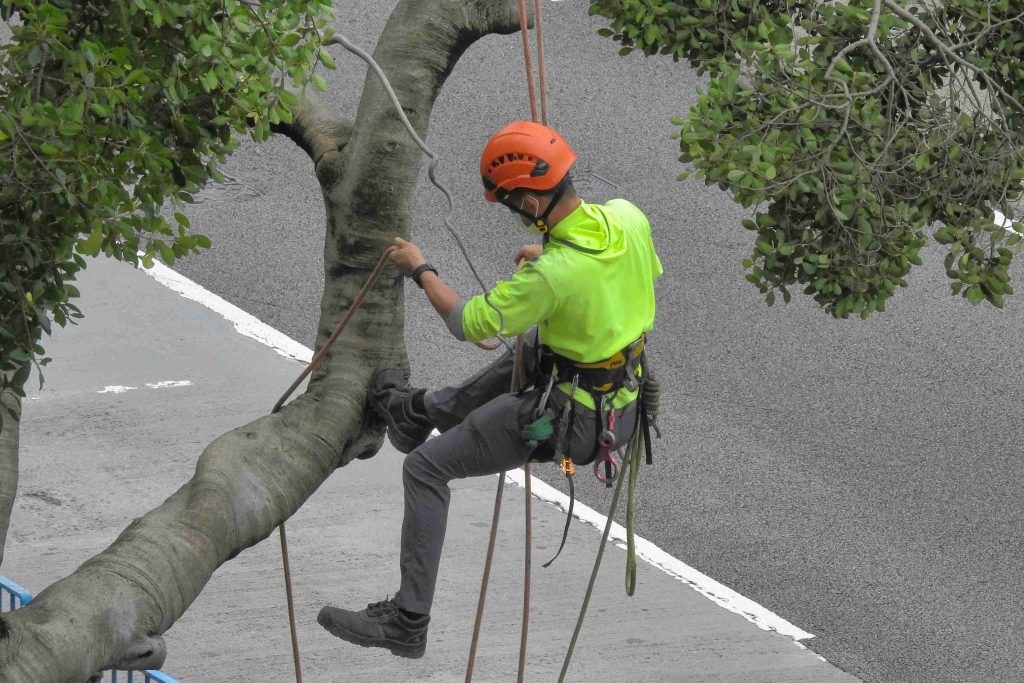
When strolling through the picturesque streets of Hamilton, one can’t help but marvel at the city’s lush greenery. Trees stand tall, their branches swaying gently in the breeze, creating a soothing oasis amidst the urban hustle. However, the beauty and vitality of Hamilton’s green scene are not by mere chance. Behind this thriving arboreal landscape lies a practice of paramount importance – tree pruning. In this article, we delve into the world of tree pruning in hamilton and explore its indispensable role in maintaining Hamilton’s verdant charm.
Introduction
Hamilton’s urban landscape is a canvas painted with a myriad of trees – from majestic oaks to elegant cherry blossoms. The secret to maintaining their splendor lies in the age-old practice of tree pruning. Tree pruning involves the careful removal of specific branches to enhance the tree’s structure, health, and overall appearance.
The Art of Tree Pruning
Tree pruning is not just a haphazard act of chopping off branches. It’s a delicate art that requires precision and expertise. Professional arborists understand the biology of trees, recognizing which branches to trim to stimulate growth and which to remove to improve airflow and reduce disease risks.
Benefits of Tree Pruning
Enhancing Tree Health
Regular pruning removes dead or diseased branches, preventing the spread of infections and decay. It also opens up the tree’s canopy, allowing sunlight to penetrate deep into its foliage and aiding in photosynthesis.
Shaping Aesthetics
Pruning shapes trees, ensuring they complement their surroundings and don’t obstruct power lines or structures. A well-pruned tree adds curb appeal to both residential and commercial spaces.
Encouraging Fruitful Growth
Fruit-bearing trees benefit significantly from pruning. By eliminating excess branches, the tree’s energy is focused on producing high-quality, abundant fruit.
When and How to Prune Trees
Timing Matters
The best time to prune trees in Hamilton is during the dormant season, typically late winter or early spring. Pruning during this period minimizes stress on the tree and reduces the risk of disease transmission.
Pruning Techniques
Three primary pruning techniques are used: crown thinning, crown raising, and crown reduction. Each method serves a distinct purpose, from improving light filtration to raising lower branches for pedestrian clearance.
Professional Tree Pruning Services
While minor pruning can be done by homeowners, significant pruning tasks are best left to professionals. Arborists possess the expertise and equipment needed to execute precise cuts without harming the tree.
Safety Considerations
Proper Equipment Usage
Tree pruning involves sharp tools and sometimes climbing equipment. Arborists are trained to use these tools safely, preventing accidents and injuries.
Preventing Injuries
For homeowners attempting light pruning, wearing appropriate protective gear is crucial. Even minor accidents can lead to serious injuries.
Preserving Heritage Trees in Hamilton
Older trees often hold historical and cultural significance. Pruning these trees requires careful planning to maintain their legacy while promoting health.
Community Engagement and Education
Engaging the community in tree pruning practices fosters a sense of stewardship. Workshops and informational sessions empower residents to contribute to Hamilton’s greenery.
Tree Pruning for a Sustainable Future
Pruning isn’t just about the present; it’s an investment in the future. Well-maintained trees continue to provide shade, reduce energy costs, and purify the air for generations to come.
Conclusion
Hamilton’s green scene owes much of its allure to the meticulous practice of tree pruning. By promoting tree health, enhancing aesthetics, and ensuring safety, this practice plays a vital role in the city’s sustainable growth. So next time you stroll through Hamilton’s tree-lined streets, remember the unsung heroes behind the scenes – the arborists and tree enthusiasts who make it all possible.
FAQs
Is tree pruning only for aesthetics?
No, tree pruning serves various purposes beyond aesthetics. It enhances tree health, encourages growth, and ensures safety by removing hazardous branches.
Can I prune my trees myself?
For minor pruning, you can prune your trees. However, major pruning should be left to professional arborists to prevent damage to the tree or injury to yourself.
What happens to the pruned branches?
Pruned branches are often chipped into mulch, which can be used to nourish other plants. Some communities also utilize pruned wood for crafts or firewood.
Does pruning promote new growth?
Yes, pruning stimulates new growth by redirecting the tree’s energy to healthier branches and encouraging the development of new shoots.
How often should I prune my trees?
The frequency of pruning depends on the tree’s type, age, and condition. Generally, trees benefit from pruning every 3 to 5 years to maintain their health and shape.